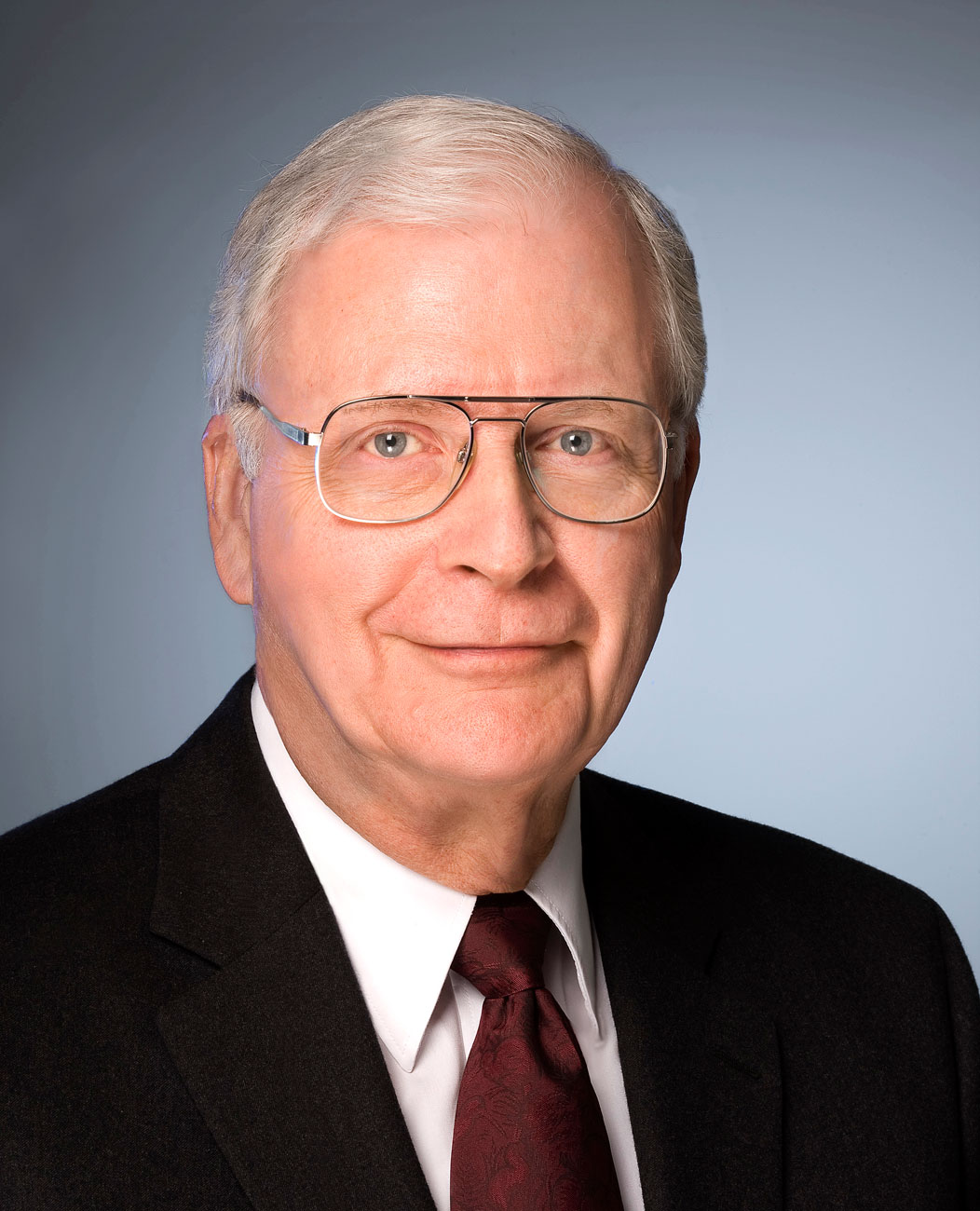Bill Keck, MD, MPH, Chair, Academic Health Department Learning Community; Chair, Council on Linkages Between Academia and Public Health Practice; Professor Emeritus, Department of Family and Community Medicine, Northeast Ohio Medical University

At the end of the day,
academic health department (AHD) partnerships – formal partnerships between health departments and academic institutions – exist to improve community health. How can we engage the variety of partners who play a role in impacting health? This sixth column in the
Ask the AHD Expert series explores opportunities for connecting with the broad academic base of public health.
Question: How are AHDs connecting with non-public health schools, including pharmacy and nursing?
Answer:
This is an intriguing – and important – question. Are there other occupations with as broad an academic base as public health? Professionals working in the public health field come from any number of academic backgrounds. Public health degrees are a natural fit, of course, with medicine and nursing probably also springing immediately to mind. But what about pharmacy, nutrition, dentistry, or social work? Or perhaps law, management, public policy, education, architecture, engineering, or urban planning? The foundation for the field of public health is as varied as the responsibilities public health takes on, and as we increasingly focus on health equity and the social determinants of health, this foundation gets broader still.
While this broadness can be both a strength and a weakness, let’s focus on the opportunities this provides to make connections that can positively influence health. Let’s discuss the opportunities for those health departments that are not located near a school or program of public health to develop academic partnerships that can enhance their capacity and improve the health of their community. Here are just a few organizations that are seizing these opportunities and seeing results:
Jefferson County Department of Health (AL)The
Jefferson County Department of Health’s (JCDH’s) journey as an AHD started in 1991 when a nutritionist working at JCDH saw an opportunity for expanding nutrition education to county residents, while encouraging students to consider careers within public health. The preceptorship in Public Health Dietetics established with the
University of Alabama was a win-win-win allowing the students to gain real-life experience, JCDH to expand services, and the university to provide a stronger educational program. In 2004, JCDH and
Samford University McWhorter School of Pharmacy joined forces to create the first Public Health Pharmacy Residency Program in the US. At that time, JCDH maintained dispensing pharmacies and provided shadowing opportunities and academic rotations for pharmacy students. Recognition of the potential benefits of having pharmacists support other public health functions grew, leading to creation of a residency to provide immunization support through JCDH’s travel and smoking cessation clinics. This residency has expanded to support additional pharmacotherapy clinics for diabetes and pre-diabetes, cardiovascular diseases, naloxone for opioid addiction, and plans are being finalized to implement a psychiatric pharmacotherapy clinic.
Lawrence-Douglas County Health Department (KS) and the University of KansasThrough
their AHD partnership,
Lawrence-Douglas County Health Department (LDCHD) and the
University of Kansas (KU) engaged journalism students in “re-branding” the health department. In their community, local health departments are primarily regarded as a place to get vaccines, and perhaps some other basic health and regulatory services. With one goal of this AHD partnership being to expand LDCHD-KU’s role in Public Health 3.0, there was an interest in how to shift the “branding” of the health department from being a vaccine provider/regulator to being a stakeholder that contributes to quality of life and creating conditions that are health promoting. The partnership with the journalism school and its students was aimed at developing ideas for how to re-brand and was really helpful. The students collected information about public perceptions of governmental public health and made recommendations that were innovative and effective.
Academic Health Collaborative of Worcester (MA)The
Academic Health Collaborative of Worcester (AHCW) currently has four formal academic partners and only one of these institutions has a public health program. The AHCW partners with the
University of Massachusetts (UMass) Medical School,
Worcester State University (has a formal public health major),
Clark University, and
UMass Memorial Medical Center. The
Worcester Division of Public Health/
Central MA Regional Public Health Alliance (WDPH/CMRPHA) works with numerous community partners from a variety of sectors. As a few examples of this collaboration, the AHCW has worked with a faculty member at Clark University teaching a course on geographic information systems (GIS) for health to engage students in real-world health projects. These students worked throughout the semester to produce maps of tobacco retailer and fast food establishment locations analyzed with rates of chronic diseases and demographic information by census tract. Additionally, the AHCW collaborates with the UMass Medical School’s Population Health Clerkship, a required course for all medical and graduate school of nursing (GSN) students, and the WDPH/CMRPHA helps host the course each year. In the GSN community service learning practicum, small groups of students conduct projects with the WDPH/CMRPHA that are directly related to its community health improvement plan.
What about you? Is your organization engaging any of the wide variety of academic disciplines that impact health? How is this strengthening your work and improving community health? I encourage you to share your experiences with others using the Comments section below, by connecting with the
AHD Learning Community, or by emailing Kathleen Amos at
kamos@phf.org.